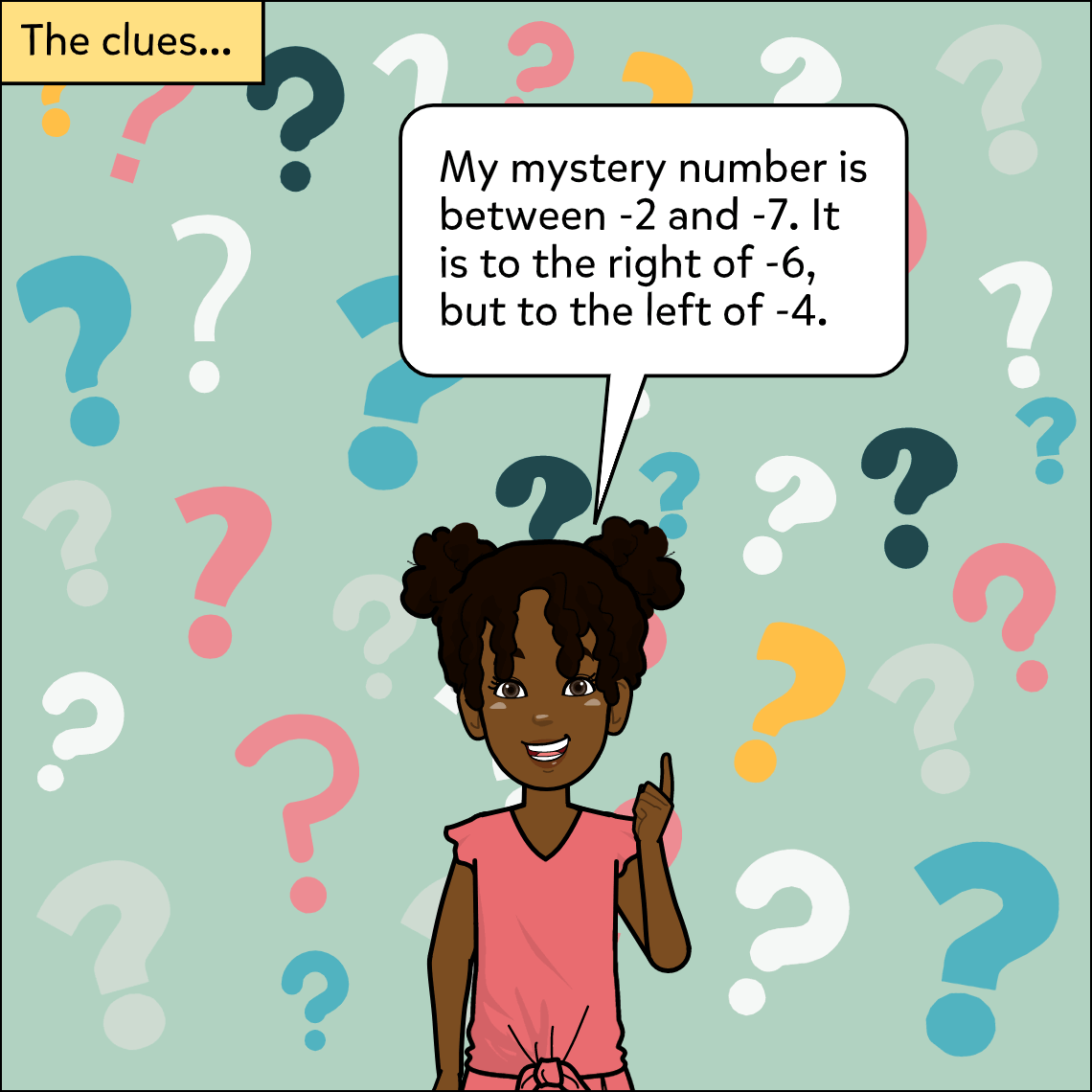Subject: Math
Lesson Length: 30 - 40 mins
Topic: Operations and Algebraic Thinking; Factor Pairs/ Prime or Composite Numbers
Brief Description: Students will learn about prime and composite numbers and their factors.
Know Before You Start: This lesson is a great introduction to prime and composite numbers. Pairs of dice will be needed.
Hook:
-
Read and discuss the sample comic.
-
What’s the difference between a prime and composite number?
-
Is Maggie correct about the buses?
-
-
Practice finding the factors of prime and composite numbers as a class.
-
Have students work in pairs, taking turns providing numbers for their partner to determine if it is a prime or composite number and provide the factors.
Activity:
- Give each student a pair of dice.
- Have students roll the dice to create a two digit number (one number from each die.)
- Students will now create a four-panel comic
- In Panel 1: Have students explain the difference between prime and composite numbers by providing a definition/explanation in their own words.
- In each of the following panels, students will share the number they rolled, determine if it is a prime or composite number and provide the factors.
- Students will repeat this process for three separate numbers.
Closure:
- Have students share their comic with a partner.
Differentiation:
- Allow students to use the speech-to-text feature.
- Allow students to use the voiceover feature to read their comics aloud.
-
Provide the definitions of prime and composite numbers for students.
-
Provide a prime and composite number chart.
-
Provide sentence stem: "____ is a prime/composite number because _______."
-
Allow students to work in pairs.
Resources:
- Comic to print or display: Comic.
Suggested Content:
 Superhero
Superhero
 Elementary School
Elementary School
 Middle School
Middle School


